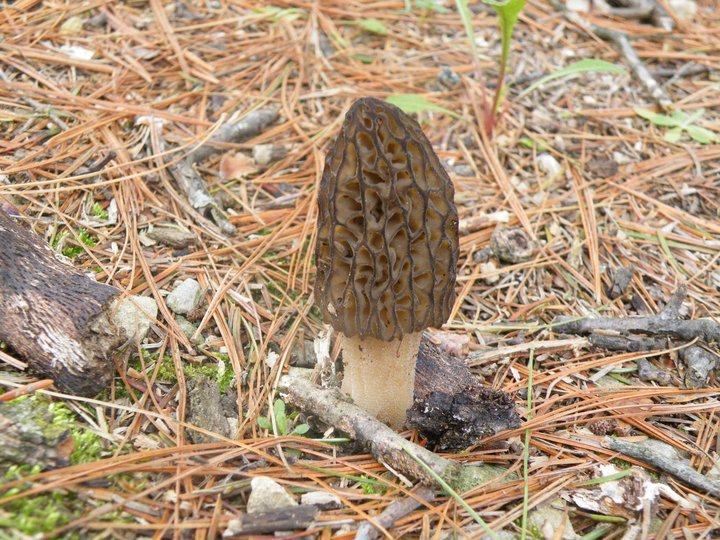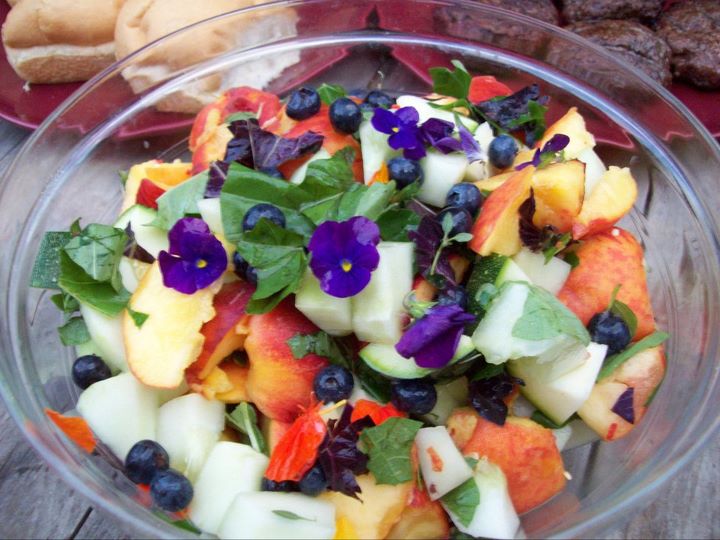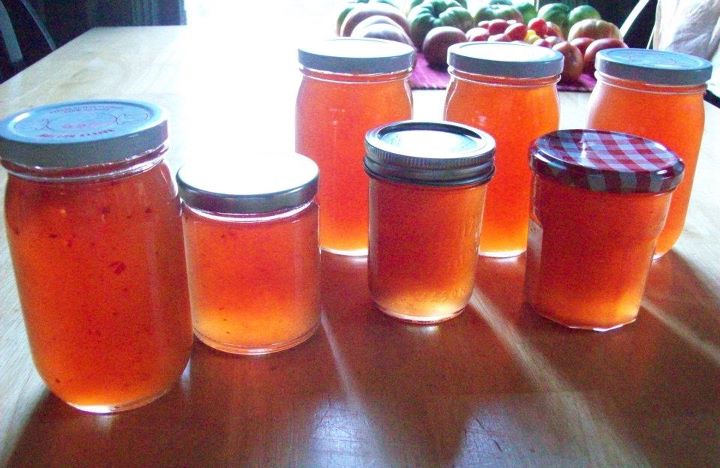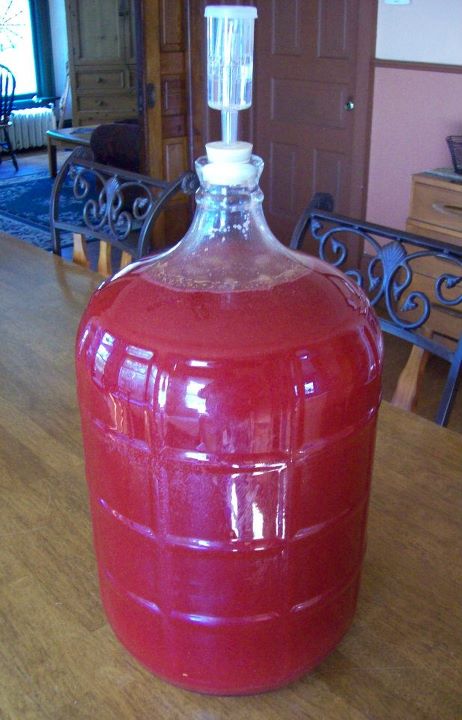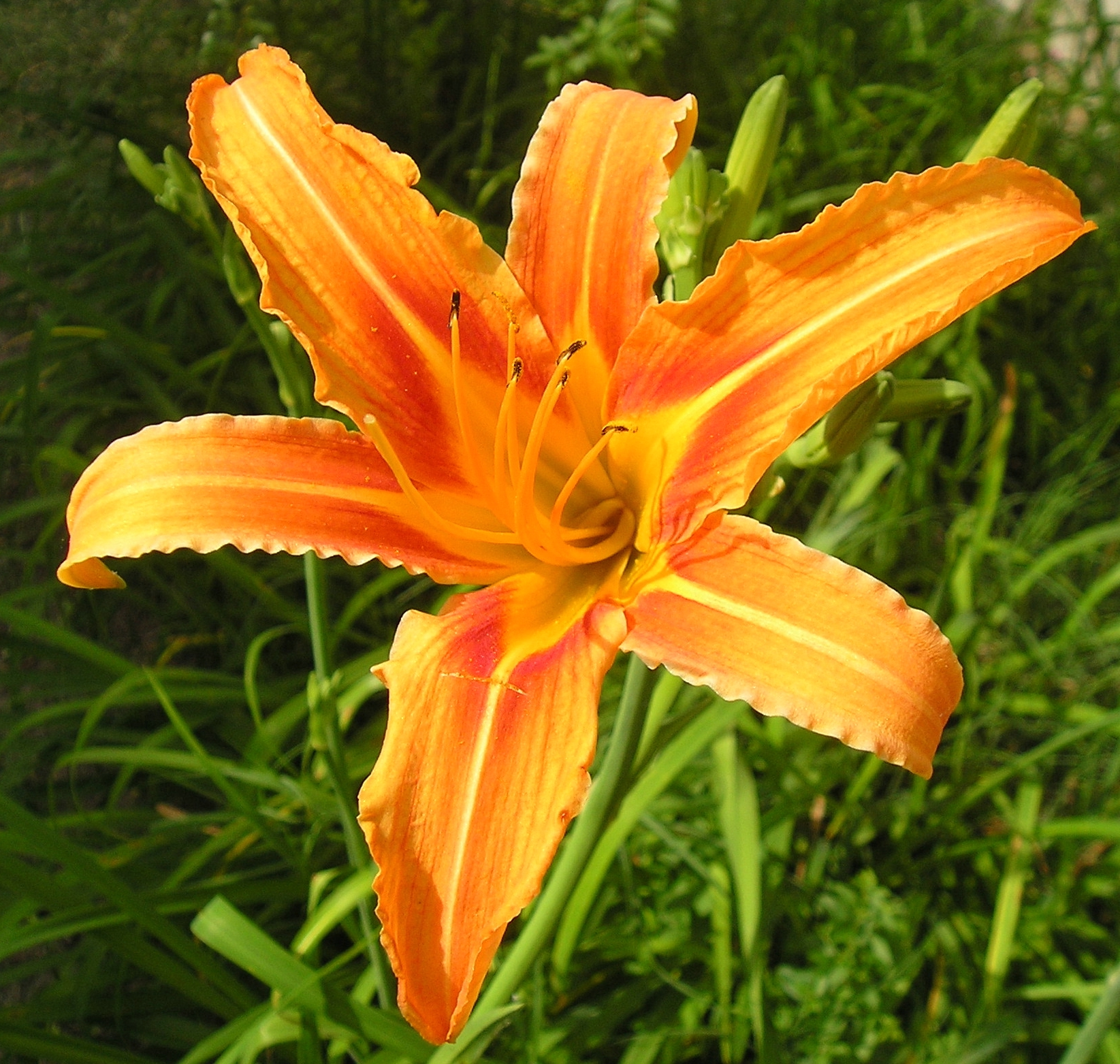Jeez, another pickled ramp recipe?
 Thursday, April 12, 2012 at 6:31PM
Thursday, April 12, 2012 at 6:31PM Ramps do appear to be this year's trendy food. There also seem to be a lot of pickled ramp recipes floating about lately. Allow me to add my own tried and true ramp pickling recipe to the mix. It's one that I really like to use with ramps especially, because I think the end product is a little unusual. The ramps look cool when you plate them and their flavor is a bit exotic.
One of the fun things about pickling is that it's such a simple process, but it also allows plenty of room to play with ingredients to create something all your own. I have a few different pickling recipes and two that I specifically use with ramps: one is a recipe I use for making ramps destined to be Bloody Mary or Martini garnishes, and the other is for ramps to be eaten as part of a meal. This is my recipe for the latter; I call it Curried Pickled Ramps.
Ingredients to make 1 pint of Curried Pickled Ramps:
- 1 cup white vinegar
- 3/4 cup sugar
- 2 tbl honey
- 2 tbl pickling spice *
- 1 tbl Kosher salt
- 1 tsp turmeric
- 1 heaping tsp curry powder
- 1 tsp fennel seed
- 1/2 tsp celery seed
- 1 heaping tsp smoked salt *
- pinky finger-sized piece of raw, peeled ginger
- couple of small Thai peppers (I used dried Thai peppers with today's batch)
- enough ramps to fill a wide mouth mason pint jar. maybe 1 1/2 lb bunch, cut at the stem so that they fit into the jar vertically
Pickling ingredients ready to go.
1. Wash and sterilize one or two wide mouth mason jars, their lids and bands. Sterilize by setting them in a pot of water to cover and bring it to a boil. After they've boiled for a few minutes set them out on a clean towel to dry.
2. Boil enough water to immerse the ramps in and set up another bowl with cold water and ice cubes. As soon as the water is boiling put the ramps in for about 30 seconds (it's a mighty quick bath to soften them up). As soon as that 30 seconds is up pull them out of the boiling water with a set of salad tongs and plunge them into the ice bath. Let them sit in the ice water until you're finished with the pickling solution.
3. Add the vinegar and all of the other ingredients except for the ginger and Thai peppers to a pot and bring it to a boil, stirring to dissolve the sugar and salt, and mixing everything else real well. Let it boil (keep stirring) for a minute or two.
4. Remove the ramps from the ice bath and stuff them bulb end down into the jar. Place the piece of ginger and the Thai peppers into the jar with the ramps (I place them on the outside edge so they are visible, for no other reason than because I like the way it looks). If the ramps are taller than the height of the jar you can take a scissors and cut them down while they're still in the jar, or bend them into the jar.
5. Pour the hot pickling solution into a Pyrex measuring pitcher (I use a 2-cup pitcher) so that it's easier and less messy pouring the solution into the mason jar. Pour the pickling solution into the jar of ramps, separating them a bit with a butter knife as you slowly pour so that the seeds and spices mix in well amongst the ramps.
6. Wipe the edge of the jar with a clean towel or wash-cloth and seal with the lid and band. That's it! Now let them sit for at least a day to soak up all that good pickling flavor and color. Most refrigerator style pickling recipes say that you ought to use them up within a week or so, and that's probably worthwhile advice, but I've eaten refrigerator pickles (ramps, cukes, tomatoes, squash, radishes, etc) that have been in my fridge for months and they've always been good. But that's me.
* A word on pickling spice: You can get ready-made pickling spice almost anywhere, or you can make it yourself. There are any number of easily found recipes for it and it is kind of cool to tailor make your own pickling spice. I have come to like a pre-made pickling spice I get from a small Amish country store in north-central Wisconsin. It contains mustard seed, allspice, coriander, cassia, ginger, peppers, cloves, bay leaves and a few other spices. It's got a richer, more clovey, liqueur-like aroma, to my nose, than other pickling spices I've tried.
* I normally don't use smoked salt like I did with this particular batch, but I acquired a jar of wickedly strong smoked salt from my friend Dixie a few weeks ago and have been using it where the opportunity seems appropriate. I only put a teaspoon of it into this mix but didn't really notice it in the final product. So, I think with the next batch I may up that amount to a full tablespoon and see what happens.
These Curried Pickled Ramps are delicious, if I do say so myself. They make a fantastic garnish or a side vegetable all by themselves (as you see in the photo of today's lunch). I've also used them to great effect in sandwiches. They have a great Middle Eastern flavor from the curry, and they look beautiful, with the turmeric and curry turning them to a bright neon-y yellow.
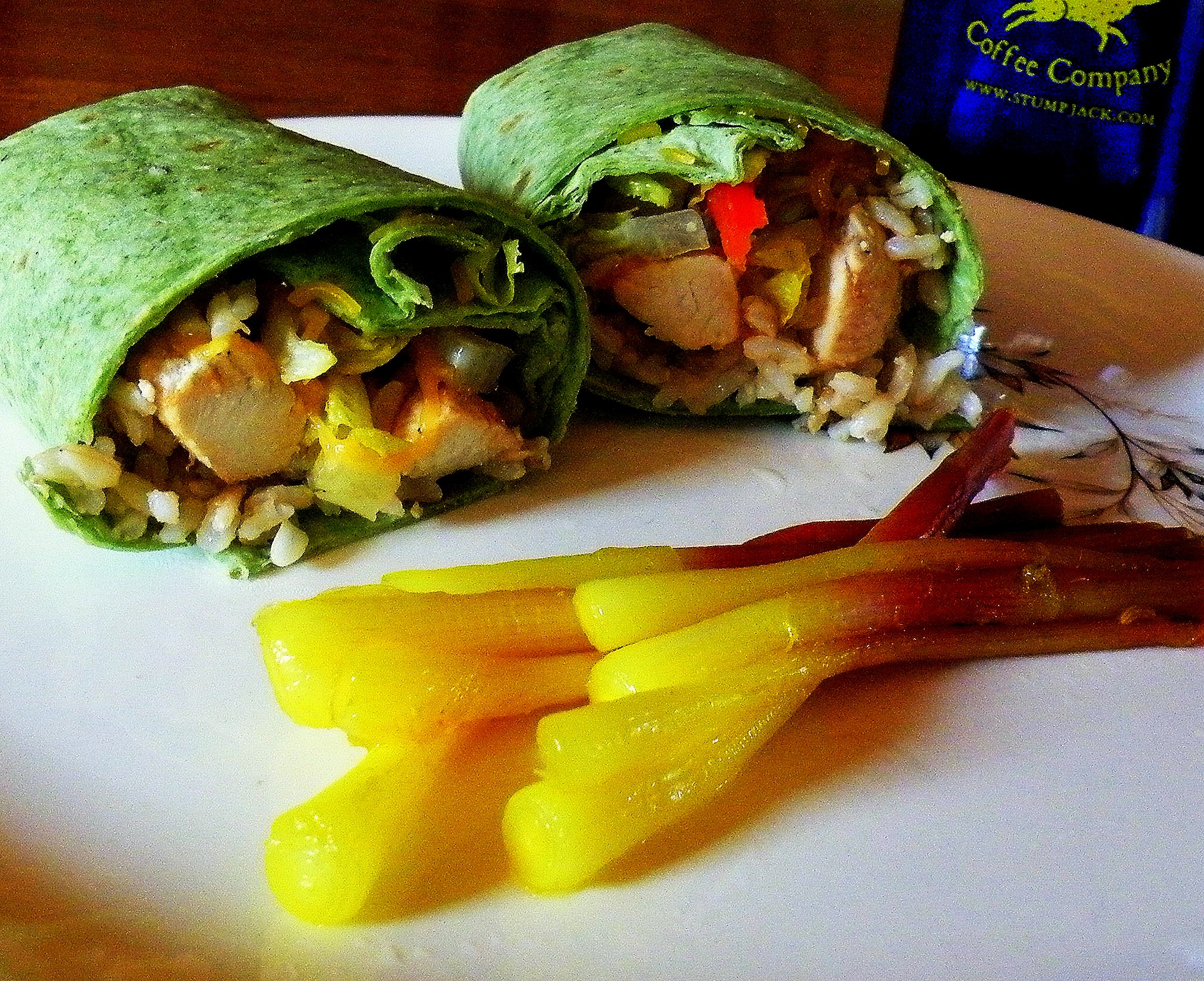
Curried Pickled Ramps...mighty good eating.
After I pickled the bulbs and stalks I had a lot of ramp leaves left over. So, I decided to pickle some of those as well. This time I used the same pickling recipe but left out the turmeric, curry, ginger and smoked salt. I didn't blanch the leaves either, but rather stacked several upon one another and then rolled them into three separate, tight little bundles (see images). I stuffed the bundles into the mason jar and poured the hot pickling solution over them, sealed it up and placed it in the fridge. I'm not sure what I'll do with them yet, but I'm thinking that they will probably be great on sandwiches, chopped up in a salad, as part of a rice or pasta dish, wrapped around some cheese, or any number of other possibilities. I'll let you know how they turn out.
Two images above: rolling ramp leaves before pickling.
Pickled ramp leaves and Curried Pickled Ramps.
After that jar of pickled ramp leaves I still had plenty of them left over, so I made a couple jars of pesto with them, following the recipe for ramp pesto I posted a couple weeks ago.
Two jars of ramp leaf pesto. Gave one to friend Kim Geiser.
Finally, I had maybe a dozen leaves left and, not wanting to waste anything, I tore them up and took them out to the ducks to see if they'd eat them. The ducks didn't seem very interested in the ramp leaves, only nibbling at a few. But later when I checked on them I noticed that there were no ramp leaves on the floor of the enclosure, so maybe they enjoyed them after all.

